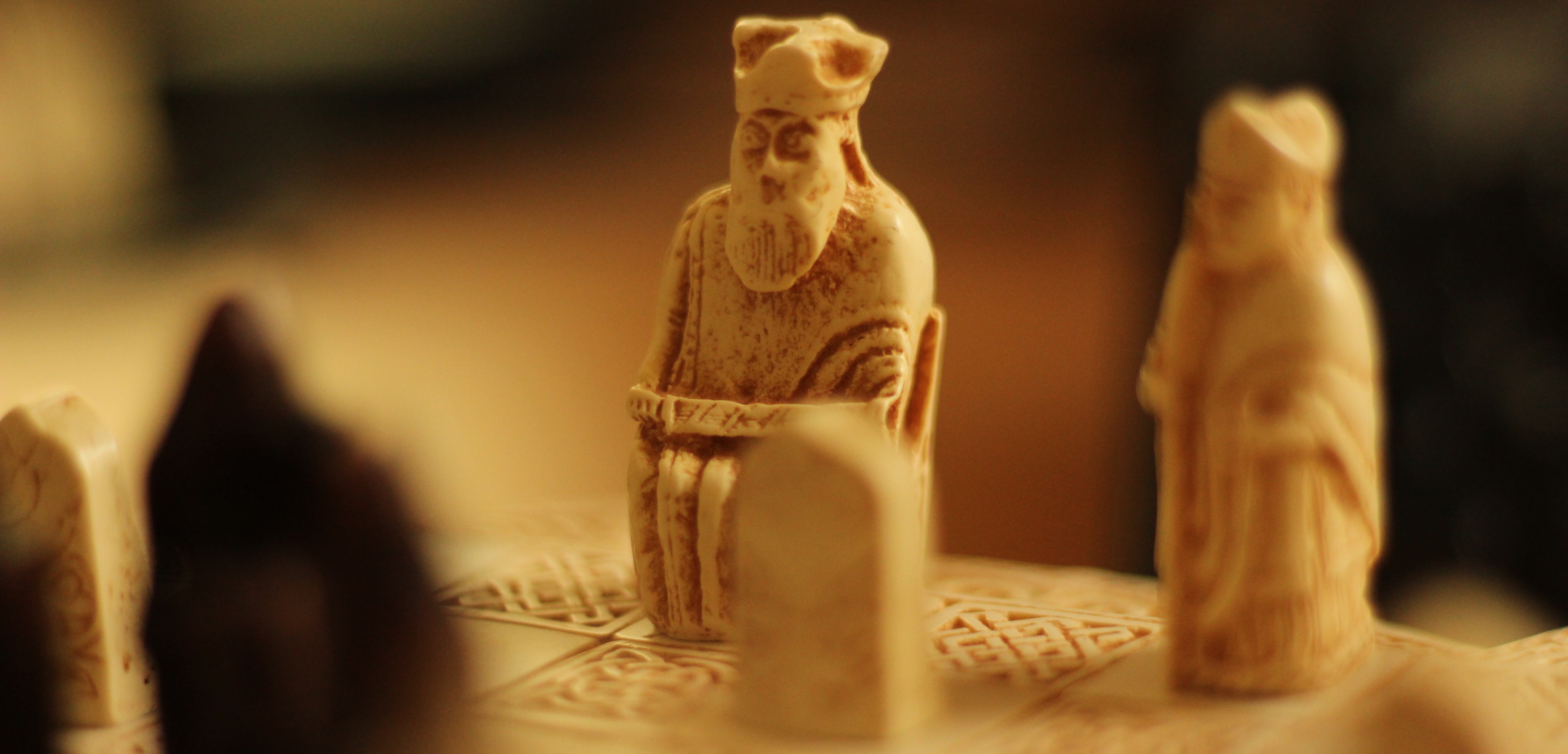Crowns and Daggers
"Lord Edros was disappointed you refused to help with his petition."
Veray's amusement vanished.
"And how, pray tell, would I have done that? It's not as though I have the ear of a councilman. I don’t even have the ear of the scullery maids."
Narasie adjusted one of the rings on her hand. "Yes, but Edros doesn't know that."
Veray flipped the corner of her own curtain up and glanced out at the street. She could feel her friend studying her, but she ignored it. What did Narasie want her to do? Make promises she had no intention of keeping?
"Lord Edros, like everyone else, assumes you are playing a long game of Crowns and Daggers with great subtlety and restraint."
Veray groaned at the mention of the ancient board game and let the curtain fall back. Her brother Tamás had tried to teach her but his patience had ultimately lost out to her disgust. It was mind numbing, the intricate rules and maneuvering. And ultimately pointless. What a fitting metaphor for life in the court.
Narasie stared at her, something like pity shading her eyes. "Every piece on the board has power, darling. Even the most insignificant."
History
Crowns and Daggers is an ancient board game that has long been popular in Királia and much of the Bound Realms.
Some devotees of the game claim that the first version was actually created by the Seven, the gods who ruled the Bound Realms from their court at the Spindle Spire. This first version allowed all seven deities to play at once. But the tales disagree on which of the gods won that first game. Some claim Haidryn. Most say Shynar. Some very few claim Enara, mother of illusion and prophecy.
Regardless of who created and won the first game, Crowns and Daggers is now rarely played with more than four players, anything more being considered too complex and unwieldy unless one is willing to dedicate multiple days to the effort. Indeed, the only time it is routinely played with the full seven is during the week long Festival of the Seven celebrating the creation of the Spindle Spire and the binding of the Realms. Then a representative of the priesthood of each of the gods participates in a week-long game for the benefit of the masses. Many wagers are won and lost on the outcome each year.
Execution
The game is typically intended for two to four players, depending on the variation. Each player has a color designation: white, black, red, or gold. Each color has its own specific strengths and weaknesses, making the choosing of one's color as much a part of the strategy as the actual play. Play continues until only one player is left on the board, or each of the others has been neutralized to the point of possessing no further legal moves.
There is an older version of the game that allows for up to seven competitors, but it is rarely played except by the most dedicated of devotees.



Comments